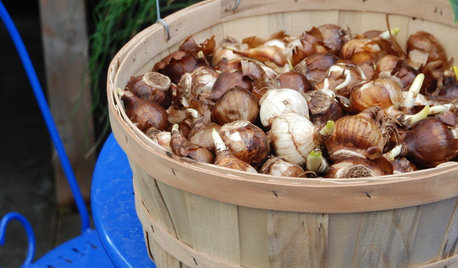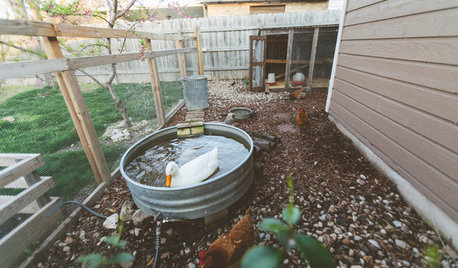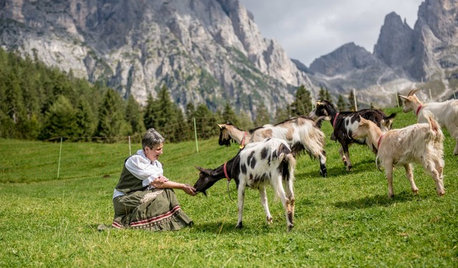is cfl ok to grow tomatoes indoors?
inguvap
18 years ago
Related Stories

EDIBLE GARDENSSummer Crops: How to Grow Tomatoes
Plant tomato seedlings in spring for one of the best tastes of summer, fresh from your backyard
Full Story
FARM YOUR YARDHow to Grow Vegetables in Containers
Get glorious vegetables and fruits on your patio with a pro’s guidance — including his personal recipe for potting mix
Full Story
EDIBLE GARDENSHow to Grow Your Own Sweet Summer Crops
This guide will help any gardener get started on growing the freshest warm-season veggies and berries for summer
Full Story
HOUSEPLANTS8 Essentials for Healthy Indoor Plants
Houseplants add so much to our homes — and can thrive when grown in the right conditions. Keep these tips in mind
Full Story
REGIONAL GARDEN GUIDESNortheast Gardener's February Checklist
Follow your passions during the month of love with bursts of your favorite colors and fragrances via indoor plants
Full Story
SUMMER GARDENINGHouzz Call: Please Show Us Your Summer Garden!
Share pictures of your home and yard this summer — we’d love to feature them in an upcoming story
Full Story
FARM YOUR YARDHow to Farm Your Parking Strip
Get an up-close look at a thriving street-side edible garden, one of many sprouting up in Seattle
Full Story
MOST POPULARThe Perfect Houseplant for People Who Kill Houseplants
If you can fill a jar with water, you can keep golden pothos vine happy — and it will pay you back with cleaner air and a greener home
Full Story
FARM YOUR YARDMy Houzz: An Urban Farm and Animal Sanctuary in Austin
Four dogs, four chickens, a duck and a kitten find refuge in a photographer’s updated home
Full Story
FARMHOUSESWorld of Design: See How 9 Families Live and Farm on Their Land
Join us as we visit the homes and farms of passionate food producers and hear about rural life around the globe
Full StorySponsored
Most Skilled Home Improvement Specialists in Franklin County
More Discussions






utsharpie
DanaNY
Related Professionals
Bedford Landscape Contractors · Bound Brook Landscape Contractors · Fort Worth Landscape Contractors · Hannibal Landscape Contractors · National City Landscape Contractors · South Lake Tahoe Landscape Contractors · Silver Firs Landscape Contractors · Springdale Handyman · American Fork Fence Contractors · Aventura Fence Contractors · Maywood Fence Contractors · Sammamish Fence Contractors · Minneapolis Roofing & Gutters · Portland Roofing & Gutters · Fort Lee Roofing & Gutterssrosa02
mwagt
shrubs_n_bulbs
mwagt
shrubs_n_bulbs
DanaNY
mwagt
utsharpie
mwagt
shrubs_n_bulbs
DanaNY
hairmetal4ever
marshaka777